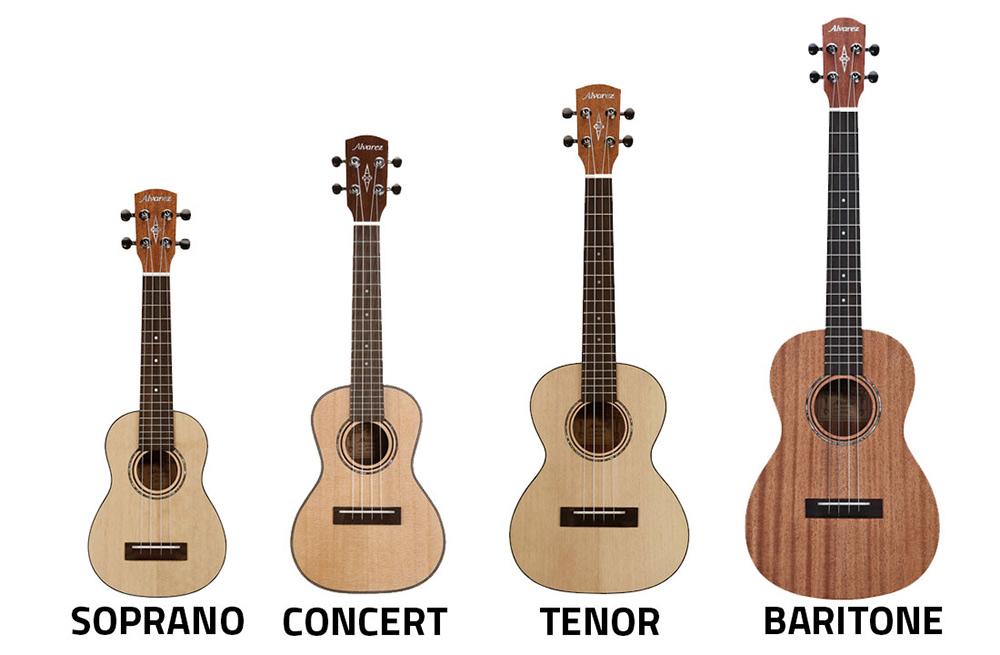The Ukulele is very similar to the guitar but is just smaller, has fewer strings and frets. Some of the Ukulele has features like the guitar but it would be the same price as the guitar. Features like; a built-in tuner and that can plug into an amplifier. Ukuleles have different sizes which are: Soprano (the smallest), concert, tenor, and baritone (the biggest). They all have different tunes due to their sizes which smaller ukulele has a quieter tune and the bigger Ukulele have louder sounds.
The pros of the Ukulele are that you can travel with ease and is very light. But the cons is that it isn't loud as a guitar.
The chords that I've learned during the session were the c chord and the f chord. They are very easy to play with because its one of the common chords on the Ukulele. to play the c chord you have to put your ring finger on the 3 frets of the 1st string. And to play the f chord you need to put your index finger on the 1 fret 2nd string and the middle finger on the 2nd fret on the 4th string. by the way, you count the strings from the bottom all the way up.
Here are the parts of the ukulele:

Ukelele tutorial: (Click on the image)
The Ukulele that I've played was the soprano which was the smallest one. It was so tiny and light as compared to an acoustic guitar. The sound of the Ukulele was so calming and relaxing that I got to imagine I was in front of the Ocean in Hawaii. But there was a problem with my Ukulele was IT WASN'T TUNED): I didn't know how to tune it without the tuner so I decided to just kept playing.
Hope you enjoyed my story of learning the Ukulele. Hope you learned something new and make sure to leave a comment.


No comments:
Post a Comment
T o support my learning I ask you to comment as follows:
1. Something positive - something you like about what I have shared. 2. Thoughtful - A sentence to let us know you actually read/watched or listened to what I had to say
3. Something helpful - how have you connected with my learning? Give me some ideas for next time or ask me a question